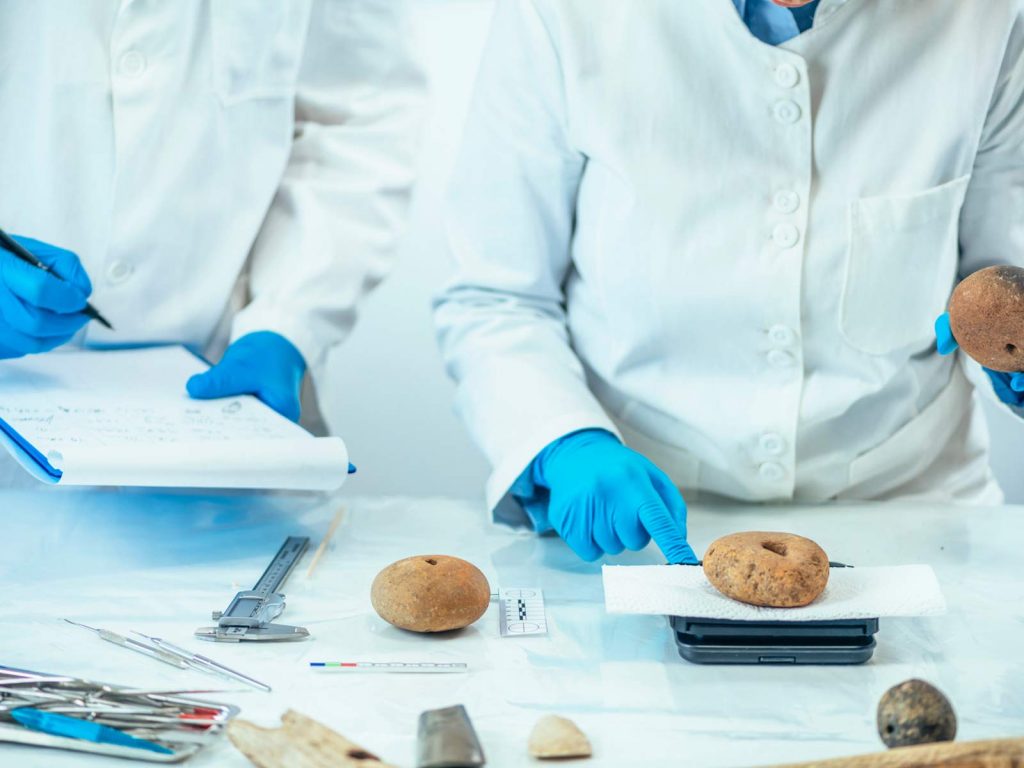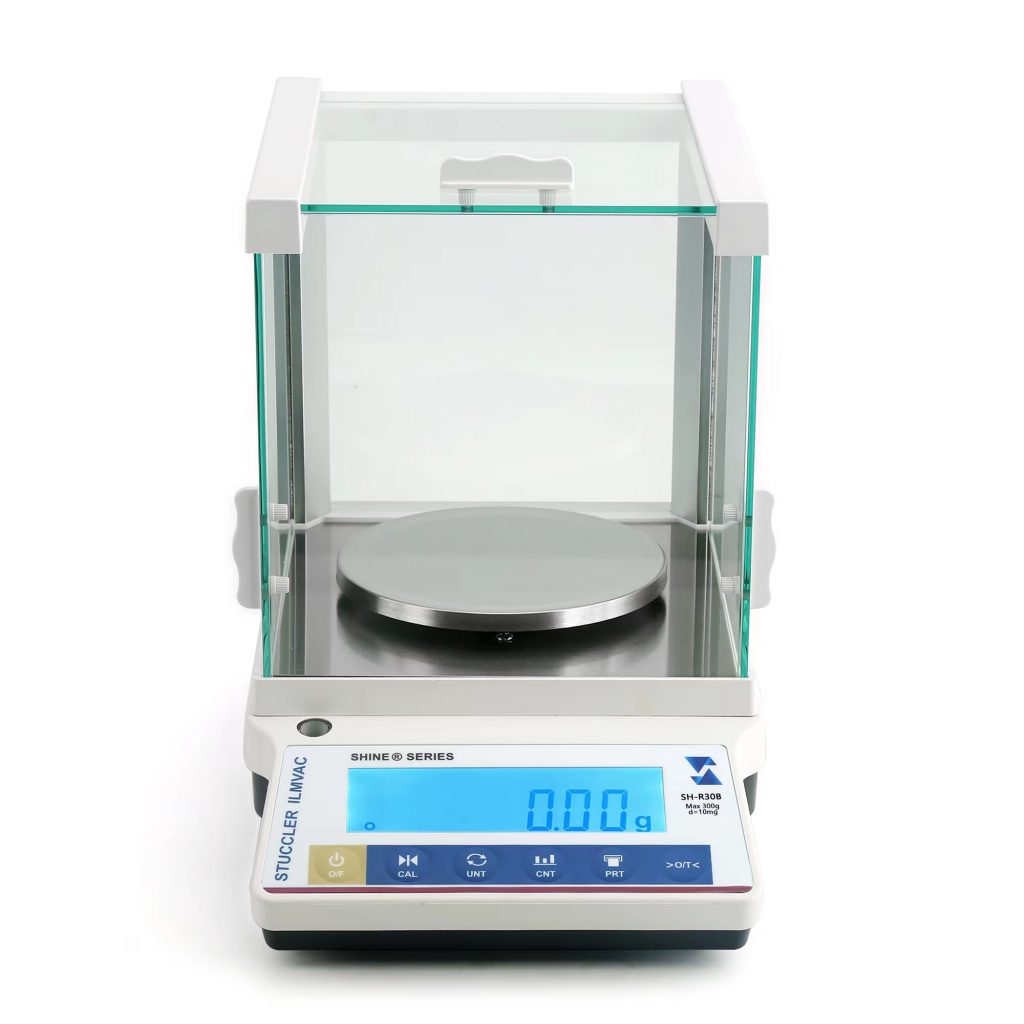What is the difference between analytical and precision balance?
Precision balances usually have a higher capacity than analytical balances do and typically deliver results of 0.1g, 0.01g or 1mg. Analytical balances have finer readability, are much more sensitive to changes, and can detect smaller variations in mass.
How do you use precision balance?
Open the door and carefully add the substance being weighed until the display shows the desired weight, then close the door and again wait until the scale stabilizes. Record the weight either manually or by an optional statistics printer or standard printer depending on the model of analytical balance being used
How do I know if my balance is accurate?
The balance linearity test measures the ability of the balance to accurately measure an added weight before and after a non- measured weight load has been placed on the balance. The procedure is as follows. 1. Use 2 weights, each of approximately one-half the weighing capacity of the instrumen
Why do we calibrate a balance?
Properly calibrated balance gives accurate results and decreases probability of a weighing mistake which can cost extra time and money. It is safe to say, calibration is an investment that builds customer confidence. Using non-calibrated equipment can lead to production problems such as: unscheduled downtime.
What is the precision of this electronic balance?
Electronic precision balances offer a wide range of weighing capacities, with maximum capacities up to 64 kg. They allow readability in the range of 1 mg (0.001 g) to 1 g, or 0-3 decimal places.
What is a precision scale?
Precision is the number of digits in a number. Scale is the number of digits to the right of the decimal point in a number. For example, the number 123.45 has a precision of 5 and a scale of 2. In SQL Server, the default maximum precision of numeric and decimal data types is 38
How do you calibrate precision balance?
Switch on the scale, allow it to warm up and then press the button or key for “auto-calibrate” or “calibrate”. Most internal calibrations will first display a “no weight” measurement, and then require a specified standard check weight to be placed on them. After placing the weights, verify the use range of the balance
Can you move a calibrated balance?
While it’s fine to move most equipment around as needed, this is not the case for a balance. When it’s calibrated, it is calibrated for the precise location it is in at that time. Moving it can throw off the calibration. In addition, moving can result in damage to the spring or load cell of the balance.








